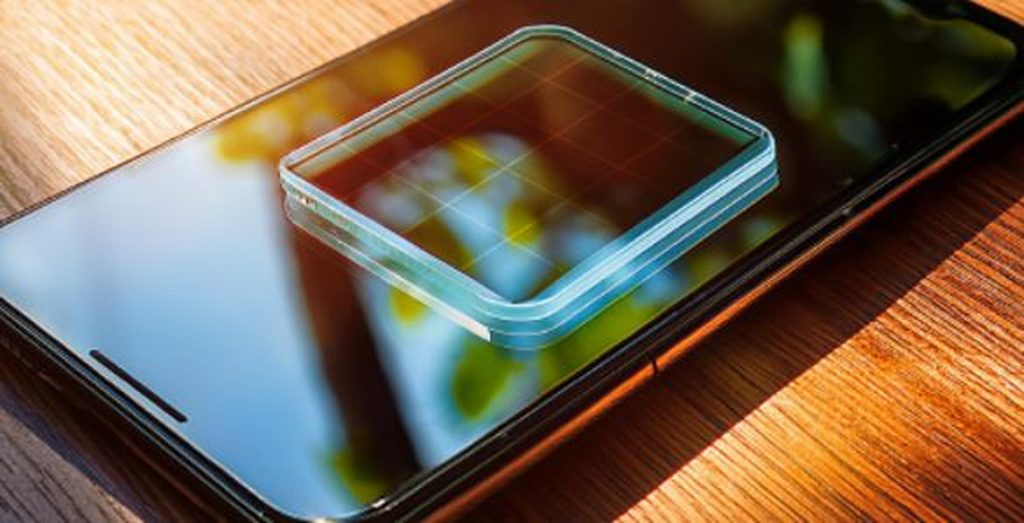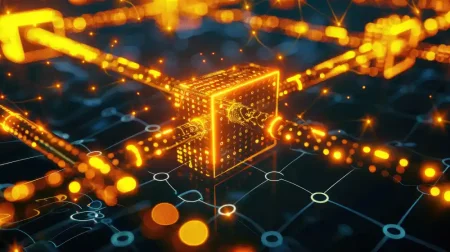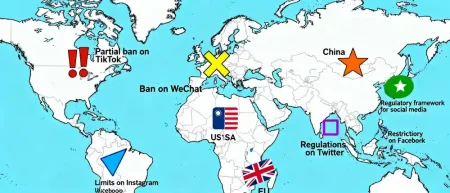In a groundbreaking development, a team of South Korean researchers have developed a transparent solar cell that not only is cheap to produce, but also has a Power Conversion Efficiency on par with commercial solar cells.
In our previous post we talked about how South Korean firm Hogreen air has developed a groundbreaking drone that flies on Hydrogen fuel. In this post, the South Koreans are at it again, and this time with solar cells that could be a game changer across industries. To put it simply, in the very near future, we’re probably not going to need to run around looking for phone chargers or have to carry large and bulky power banks with us everywhere we go.
Provided, of course, we live in a place that has at least a little bit of sun. That’s because a South Korean research team has developed solar cells that are see-through and can be embedded in any kind of glass surface including vehicle windows, buildings, phones, and any type of screens.
Power Conversion Efficiency (PCE)
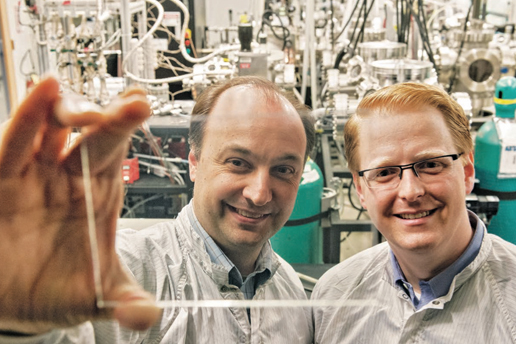
Now transparent solar cells aren’t a new concept and there have been instances in the past where researchers have developed working prototypes of transparent or almost transparent solar cells. For example, about a decade ago Miles Barr, Vladimir Bulović, and Richard Lunt, researchers at MIT were able to produce a transparent solar cell that was about as see-through as tinted glass (70%). This was achieved by creating transparent photovoltaic cells that could be deposited on any material without obscuring how it originally looked.
The problem, however, was that it was too expensive to be commercially viable and also wasn’t very efficient, converting only 2% of the sunlight it received into power. This is known as Power Conversion Efficiency or PCE.
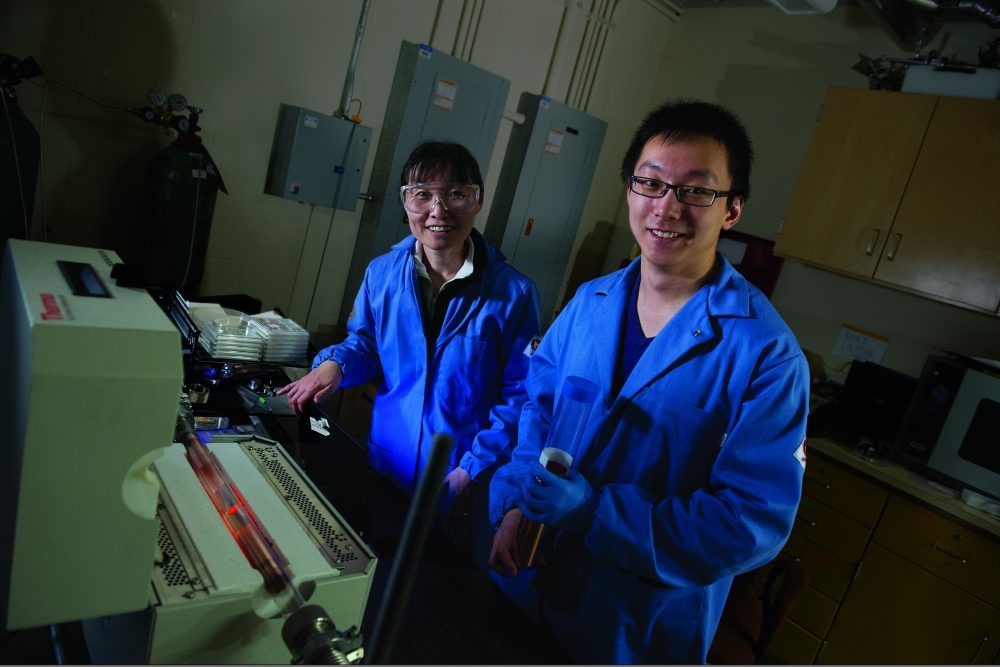
Another instance is around 2017, when Professor Jing Kong and graduate student Yi Song, both from MIT, found a cheaper way to make transparent photovoltaic cells using organic material from carbon containing compounds. The team achieved this by replacing expensive compounds like indium tin oxide (ITO) with relatively cheap graphene which is also abundant in nature and easy to source.
The benefits of using graphene include the fact that it isn’t brittle like silicon based solar cells and apparently is also transparent and conductive. These ultra thin layers of graphene were grown on thin copper sheets and then transferred to the target substrate. While the team succeeded in making the cells cheaper, they were still only able to reach a PCE of about 4%.
Breaking new ground
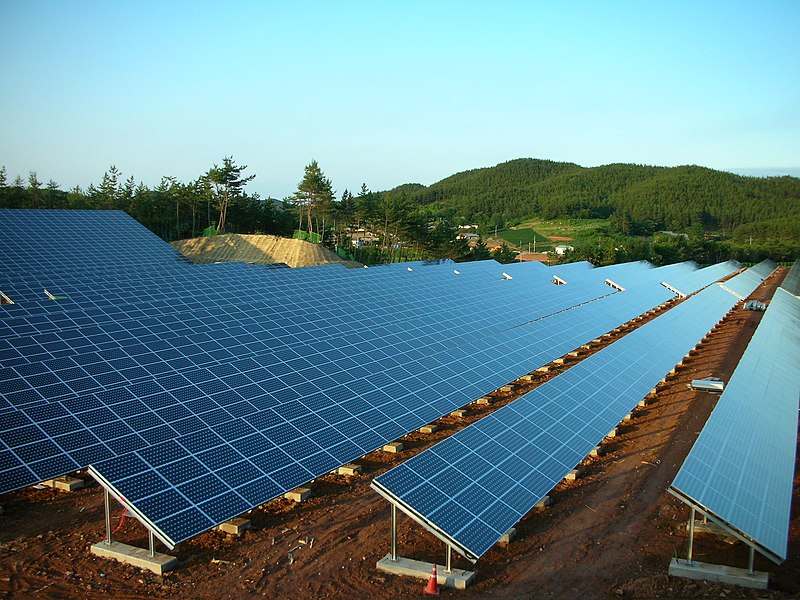
The PCE of commercially available multicrystalline silicon solar cells is around 14-19% and no matter how transparent, a cell with a PCE of just 4% was never going to be commercially viable. That being said, A team of researchers from the Ulsan National Institute of Science and Technology, led by Professor Kwan Wang Seo from The School of Energy and Chemical Engineering in South Korea, have designed a transparent solar cell with a PCE on par with commercially available solar cells. That’s a major milestone for scientists across the world who have been trying to create commercially viable transparent solar cells for over a decade. The implications of this innovation for the energy sector are staggering if you think about the possibilities when literally any surface can be converted into a solar panel.
The team’s new solar cells feature an “all-back-contact” design which places all the working components at the back of the solar cells in order to ensure that there is no visual obstruction. Additionally, their “Seamless Modularization” technology eliminates gaps between solar cells as well as the need for opaque wires which were one of the issues with previous transparent solar cells. The team conducted a live demonstration where they used one of their 16 cm² transparent solar panels to successfully charge a mobile phone while exhibiting a PCE of 14-20%. This invention could literally turn the sun into a phone charger. Imagine this, low battery? Just put your phone on the window sill, screen side up and let it charge. Sounds pretty awesome.
Eco-friendly energy
In conclusion, I think most of us acknowledge the Sun as a limitless source of energy and while plenty of ancient civilizations as well as some current ones worship the sun, it is only during the past few decades that we have truly begun to understand its potential. To quote lead researcher Professor Kwan Wang Seo, “We have opened a new path for modularization research, which is essential for the commercialization of transparent silicon solar cells.” He then goes on to explain how he and his team plan to continue their research in order to ensure transparent solar cells become the future of the energy industry. An eco-friendly future.
In case you missed:
- China Builds World’s Largest Neuromorphic Supercomputer: Darwin Monkey
- The Sodium-Ion Breakthrough That Could Unplug Lithium’s Reign
- CDs are making a comeback, on a petabyte-scale capacity!
- Lab-Grown Brain Thinks It’s a Butterfly: Proof We’re in a Simulation?
- China launches world’s first AI-powered underwater data centre!
- Humans Just Achieved Teleportation? Clickbait vs. Facts
- One Chip to Rule Them All: The 6G Chip at 100 Gbps!
- Quantum Computers: It’s now 20X easier to crack Bitcoin encryption than we thought!
- From Earth to Orbit: Data Centers are Heading Out to Space!
- Training AI for Pennies on the Dollar: Are DeepSeek’s Costs Being Undersold?




